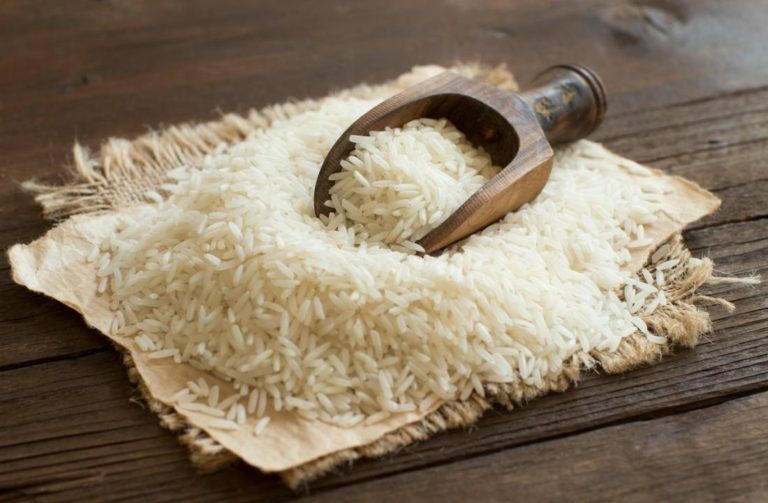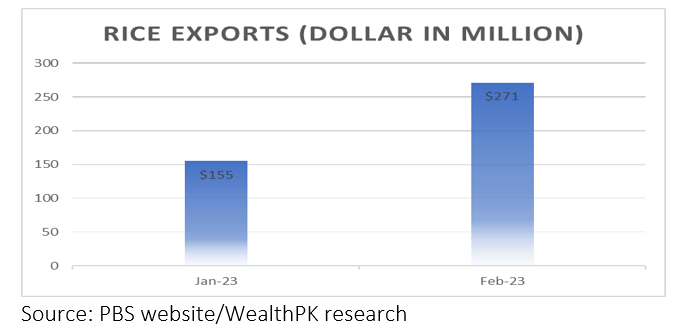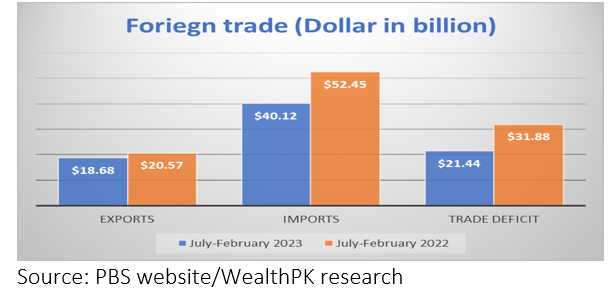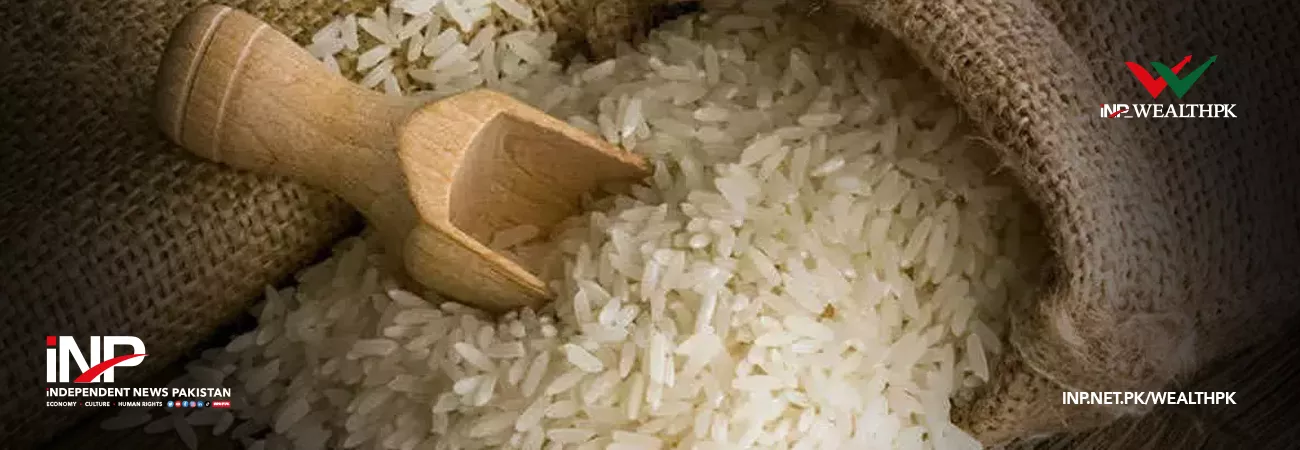INP-WealthPk
Saba Javed
Pakistan’s rice exports surged month-on-month by 74.59% to $271.312 million in February 2023 compared to $155.399 million in January 2023, according to Pakistan Bureau of Statistics (PBS). However, a decrease of 12.09% was witnessed in rice exports in the first eight months (July-February) of the fiscal year 2022-23, which stood at $1.35 billion compared to $1.54 billion in the same period of the fiscal year 2021-22.

In terms of quantity, Pakistan exported 2,514,704 metric tonnes of rice in 8MFY23, showing a decrease of 18.11% from 3,070,950 metric tonnes exported in 8MFY22. On a year-on-year (YoY) basis, rice exports increased by 6.79% to $271.312 million in February 2023 from $254.049 million in February 2022, reports WealthPK.

Basmati rice exports were recorded at $386.886 million in 8MFY23 against the exports of $432.566 million in 8MFY22, showing a drop of 10.56%. Exports of basmati rice decreased by 8.44% on a month-on-month (MoM) basis to $49.847 million in February 2023 from $54.474 million in January 2023.
Moreover, basmati rice exports decreased yearly by 32.04% to $49.874 million in February 2023 compared to $73.391 million in February 2022. Exports of other qualities of rice were recorded at $967.743 million in 8MFY23 against the exports of $1.1 billion in 8MFY22, showing a decrease of 12.68%.
On a MoM basis, exports of other varieties of rice were recorded at $221.438 million in February 2023 compared to $100.925 million in January 2023, showing an increase of 119.41%. The country’s total food group exports fetched $3.23 billion in 8MFY23 against the exports of $3.43 billion in the corresponding period of the last fiscal year, showing a decline of 6.08%. The country’s overall food group exports in February 2023 were $518.871 million compared to $384.056 million in January 2023, showing an increase of 35.10%.
On a YoY basis, food group exports increased by 7.39% to $518.871 million in February 2023 compared to $483.162 million in February 2022. The country’s total exports decreased by 9.21% and remained at $18.68 billion in 8MFY23 compared to $20.57 billion in 8MFY22.
On the other hand, overall imports shrank by 23.51% in the first eight months of the current fiscal year, staying at $40.12 billion, down from $52.45 billion in the same period of the previous year. The country’s trade deficit shrank by 38.95% to $1.8 billion in February 2023 compared to $3 billion in February 2022.

In Pakistan, rice is not considered a staple food as it is in many other Asian countries. If Pakistan’s rice production rises, the country’s net exports will rise as well. According to economic experts, to increase rice production, Pakistan should grant long-term loans to rice growers. It is one of the most important crops in the world. Pakistan has the potential to expand rice production to boost exports.
Pakistan's economic growth is mostly reliant on revenue generated from exports. Climate change has also affected rice production in Pakistan. The government must prioritise revising agriculture policies in favour of farmers for swift growth in the agriculture sector.
Credit: Independent News Pakistan-WealthPk













